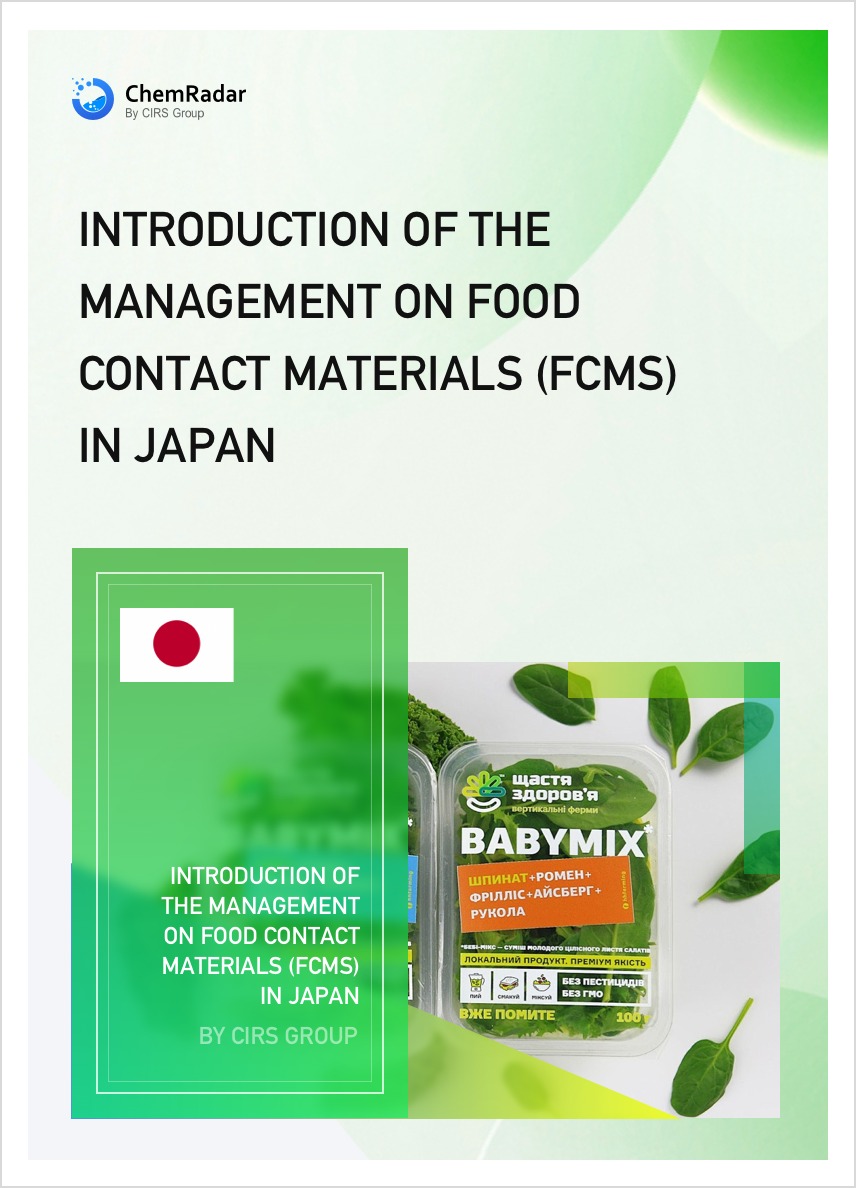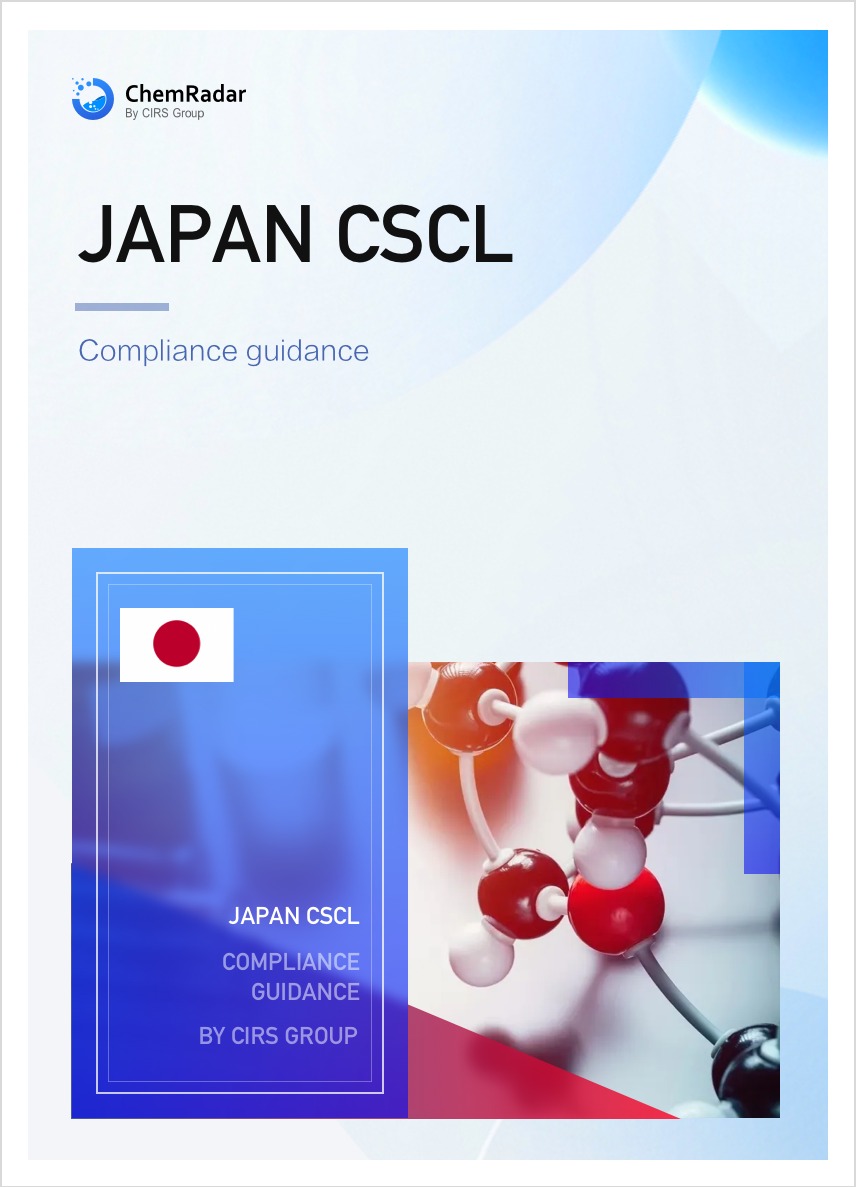October 3, 2025, Japan's Ministry of Health, Labour and Welfare, Ministry of Economy, Trade and Industry, and Ministry of the Environment jointly announced a public consultation on draft control measures under the Chemical Substances Control Law (CSCL) for chlorpyrifos, medium-chain chlorinated paraffins (MCCPs), long-chain perfluorocarboxylic acids (PFCAs) and their salts, and long-chain PFCA-related substances. The public can submit feedback via the e-Gov portal by November 2, 2025, using the official form.
Background
The Stockholm Convention aims to protect human health and the environment from persistent organic pollutants (POPs) by requiring parties to take international action to prohibit, in principle, the production and use of substances that are persistent, bioaccumulative, toxic, and capable of long-range transport. At the 12th Conference of the Parties (COP-12) held in April-May 2025, chlorpyrifos, MCCPs, long-chain PFCAs and their salts, and long-chain PFCA-related substances were listed in Annex A (Elimination) of the Convention.
Based on this decision, a joint council of the three Japanese ministries, after deliberation, concluded that these substances should be designated as Class I Specified Chemical Substances under the CSCL, subjecting them to corresponding restrictions.
Main Points of the Draft
(1) Designation as Class I Specified Chemical Substances
The following substances will be designated as Class I Specified Chemical Substances. From 2026, their manufacture and import will require permission (and are, in principle, prohibited):
- O,O-Diethyl O-(3,5,6-trichloro-2-pyridyl) phosphorothioate (Chlorpyrifos)
- Medium-Chain Chlorinated Paraffins (MCCPs) which are: (1) substances or mixtures containing linear chlorinated alkanes with carbon chain lengths of 14-17 and a chlorine content greater than 45% by weight; OR (2) substances or mixtures containing linear chlorinated alkanes with carbon chain lengths of 14-17 meeting the following molecular formulas: C₁₄H₍₃₀₋ᵧ₎Clᵧ (y ≥ 5), C₁₅H₍₃₂₋ᵧ₎Clᵧ (y ≥ 5), C₁₆H₍₃₄₋ᵧ₎Clᵧ (y ≥ 6), C₁₇H₍₃₆₋ᵧ₎Clᵧ (y ≥ 6); OR substances meeting both (1) and (2).
- Long-chain perfluorocarboxylic acids (PFCAs) with carbon chain lengths of 9 to 21, and their salts.
- Long-chain PFCA-related substances (compounds containing a perfluoroalkyl group with carbon chain lengths of 8 to 20 directly bonded to an atom other than fluorine, chlorine, or bromine, and which can degrade through natural processes to form PFCAs (with carbon chain lengths of 9 to 21), as specified by the relevant ministerial ordinance).
(2) Prohibition on Import of Products Containing the Above Substances
|
Chemical Substance |
Prohibited Imported Products |
|
Chlorpyrifos |
|
|
MCCPs |
|
|
Long-chain PFCAs, their salts, and related substances |
|
(3) Comprehensive Prohibition of Use
The use of chlorpyrifos, MCCPs, long-chain PFCAs and their salts, and long-chain PFCA-related substances is prohibited, except for approved essential uses. Currently, no essential uses are designated by government ordinance, meaning their use is comprehensively banned.
(4) Establishment of Disposal Technical Standards
When disposing of fire extinguishers, fire-extinguishing agents, and fire-fighting foam containing long-chain PFCAs, their salts, or related substances, separately established disposal technical standards must be followed.



